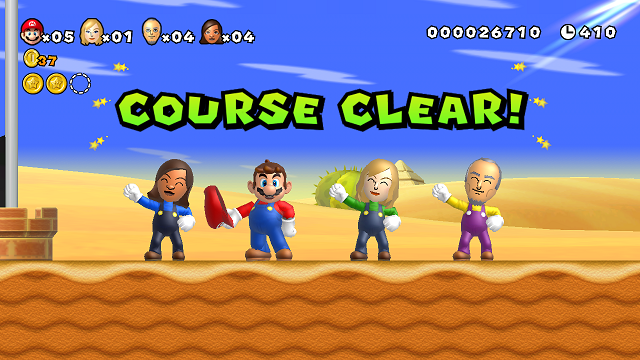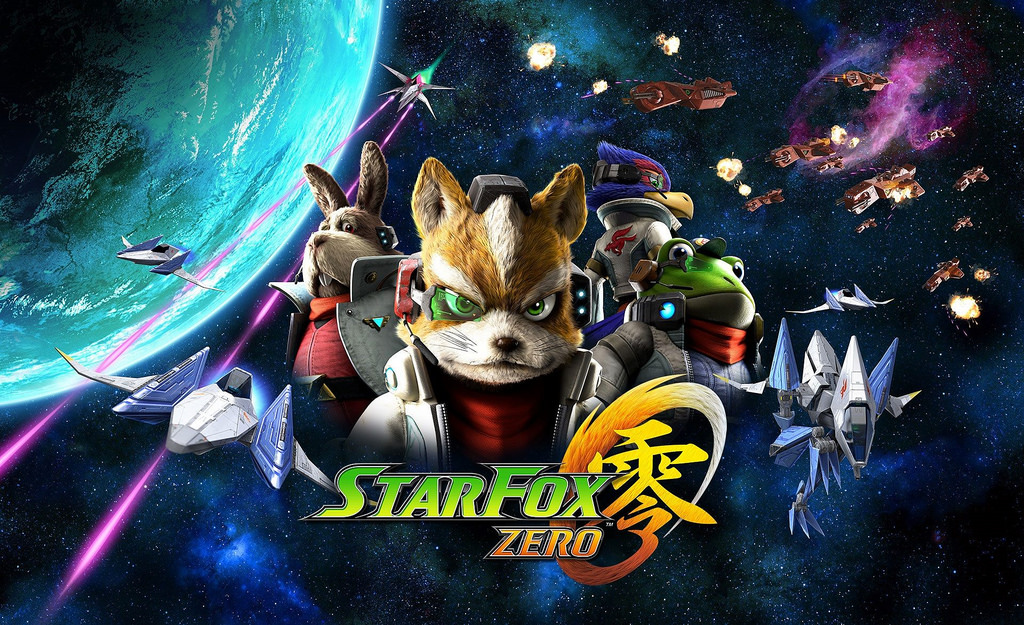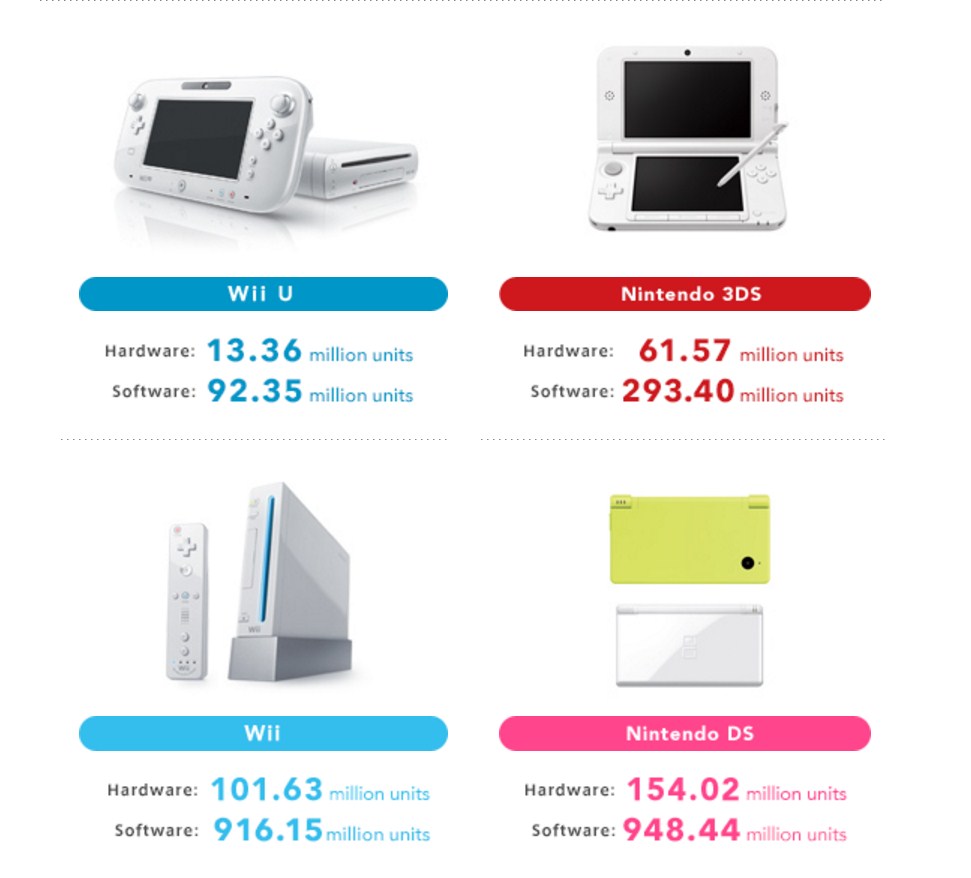The Wii U is well on its way to the video game console graveyard, where the Sega Dreamcast and original Xbox lie while reminiscing on times where they had their glimpse of popularity in the spotlight. Nintendo replaced all mentions of the Wii U on their official website with the upcoming Switch, while keeping the older 3DS systems on the page. Nintendo of America’s Reggie Fils-Aime even told Polygon that the Legend of Zelda: Breath of the Wild will be the last first party title on the system.
Nintendo may have given up on the Wii U, but it will be remembered for years to come for its unique games, bizarre marketing, and lack of focus on current gaming trends and direction. The creators of Mario never abided by the books and approached creating systems with the sole philosophy of fun. Nintendo fans have been through a lot these past four years and the numbers may not show it, but there’s a lot to talk about when it comes to the Wii U.
The Good
Like the Wii before it, Nintendo approached the design of the Wii U with the mindset of creating a unique experience. The Gamepad screen, although not widely utilized, had the potential to create some of the most compelling ways of playing. The launch title Nintendo Land is a great example of all the different ways the Gamepad can be used in multiplayer, with some of the mini games pitting players in 4v1 scenarios. Designating players different roles with disparate styles of play is something unique to the Wii U. Another good use of the Gamepad is in Wind Waker HD, where the HUD was removed and the menu was on the tablet, making a huge quality of life improvement.
The current generation of consoles does not promote local multiplayer very well. There are very few reasons to have two, let alone four, PS4 or Xbox One controllers. The Wii U, on the other hand, has nearly a dozen first party Nintendo titles that are pivotal examples of how local multiplayer should be handled. Mario Kart 8 is the best in the series, Super Smash Bros. supports up to eight players, and games like Pokkén Tournament and Hyrule Warriors give each player their own full screen to play on.
Talking about local multiplayer ultimately leads to praising the Wii U’s dedication to the platformer genre. Of course, Nintendo has been the king of platformers for decades now, but in an industry where shooters and open world games reign supreme, they’ve shown they are still dedicated to their craft. Games like Donkey Kong: Tropical Freeze, Yoshi’s Wooly World, and Super Mario 3D World are all a blast to play and hilarious with the right group of people. Donkey Kong specifically has some of the best level design in any game, while Wooly World is one of the most aesthetically pleasing games on the system.
Although a single player title, no one can deny the genius of Super Mario Maker either. Creating your own Mario levels is something that gamers have yearned for years now, and the Wii U Gamepad is the best way to do so.
Aside from Nintendo’s older established franchises, the Wii U lead to some unique and unexpected games as well. Nintendo’s newest IP, Splatoon, became a huge success instantly, with a sequel scheduled to release on the Switch this year. The Nickelodeon-esque arena shooter redefined the genre of multiplayer competitive shooters. Sticking to their all-ages demographic, Splatoon looks like a kids game but plays like a hardcore e-sport. Nintendo even tried targeting the older audience by publishing Bayonetta 2 from Platinum Games, and developing a sequel to the popular Xenoblade Chronicles.
The Bad
Nintendo wasn’t really sure how to market the Wii U. I still meet people today who think the Wii U is a fancy controller for the Wii. Right from the start, the naming of the system was awkward and confusing. The preview videos didn’t even show the console and focused mostly on the gamepad itself. This ultimately lead to too many people skipping on the system because they simply didn’t understand it.
Nearly every first party Nintendo game looks phenomenal and runs at a steady framerate, but due to the Wii U’s weaker specs, it didn’t get a number of third party titles. Developers started finding that porting games or making exclusives for the system just isn’t worth it, and decided to either skip the system entirely or cancel a game in favor of the upcoming Nintendo Switch.
Nintendo systems were never the best for third party developers, but systems in the past had a good enough number of third party exclusives to coincide with the Big N’s games. Nearly every game mentioned above is a Nintendo title, either developed or published by them. The Wii U was supported almost entirely by Nintendo themselves, but even they had a few hiccups along the way.
Being a Wii U fan was tough. If it was your only system, you could wait months before the next big title came out. Sure, games like Mario Kart and Super Smash. Bros. have terrific replayability, but the droughts were worse than on any other system. Some highly anticipated titles like Star Fox: Zero made the prolonged absence of games even worse when they didn’t meet expectations.
It almost seems like Nintendo isn’t really sure what their fans want. Star Fox 64 is by far the most popular title in the series, and yet Nintendo still can’t seem to make a proper sequel. Shoe-horning in motion controls to utilize the controller completely ruined the experience for many people. Mario Party 10 repeated the mistakes of the game before it too, and the lack of a new Metroid or a real Animal Crossing for the home console are huge missed opportunities.
The Ugly
Nintendo’s history with online services and account management is not the friendliest. Between friend codes, locking purchases to systems instead of accounts, and laggy gameplay, Nintendo systems are an entire generation behind in the online department. With the announcement of the Switch, Nintendo was quick to announce there won’t be friend codes and downloadable games aren’t tied to the console.
The most impactful negative thing about the Wii U is the sales. Other than the forsaken Virtual Boy, the Wii U is by far the worst selling system in the company’s history. The system sold less than half the software as the next best selling system, the GameCube. These poor sales impact Nintendo in a number of ways, including their support from investors and their overall reputation. Once the king of video games, Nintendo was brushed aside for bigger fish in the recent generation.
The Wii U may have been a commercial failure and a disappointment for many, but the games released for it were unique and fun enough to be remembered fondly years down the line. As much as I struggled as a Wii U owner, I had some of my best gaming memories on the system.
What are your experiences with the Wii U? Were you a die-hard supporter of the system? Did you buy the system in hopes of a brand new Zelda, only to find out it’s also coming out on the Switch? Tell us your thoughts in the comments below.











Published: Jan 29, 2017 05:56 pm